
As of October 2024, Amazon uses about 750,000 robots in its U.S. fulfillment centers. Last month, when the warehouse in Shreveport, Louisiana, opened, it started with 1,000 robots and needed 25% fewer workers than traditional warehouses, according to the Shreveport Times.
The New York Times reported that automation helps Amazon save 30 cents on each item.
Explosive Growth
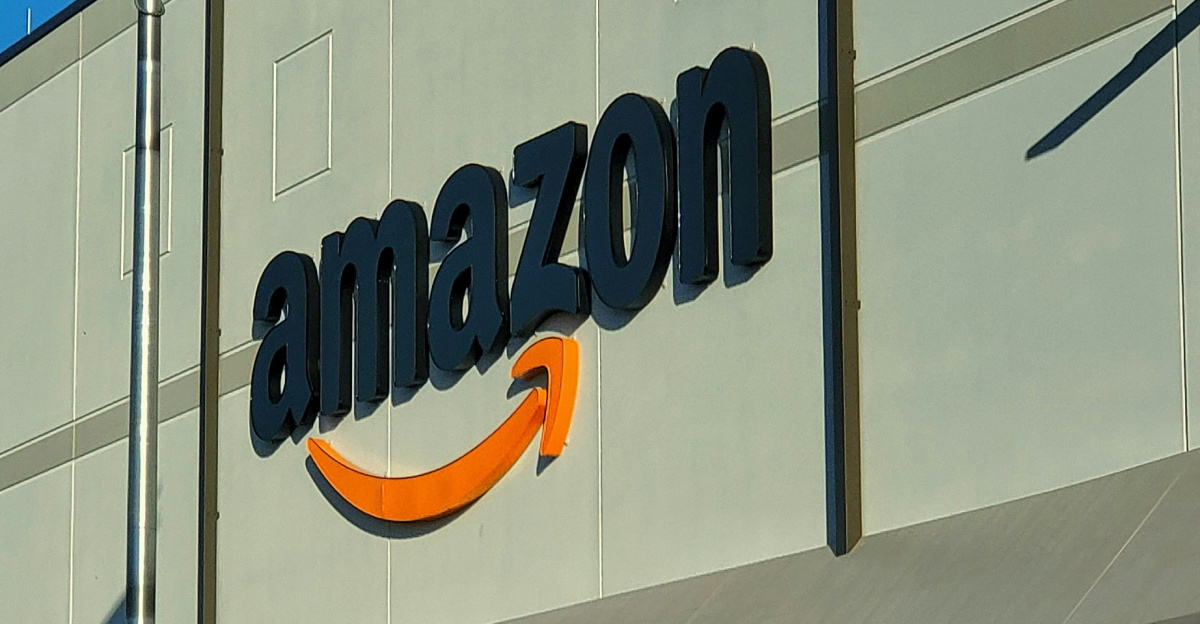
Amazon’s robot count has increased significantly, growing from 200,000 in 2019 to 520,000 by 2022, according to TechCrunch. By mid-2024, the company had surpassed one million robots.
Despite this growth in automation, Amazon still employs 1.2 million people in the U.S. In some automated facilities, processing times are now 25% faster. However, Forbes reported in 2022 that the annual turnover rate in warehouses reached an alarming 150%.
Automation Origins
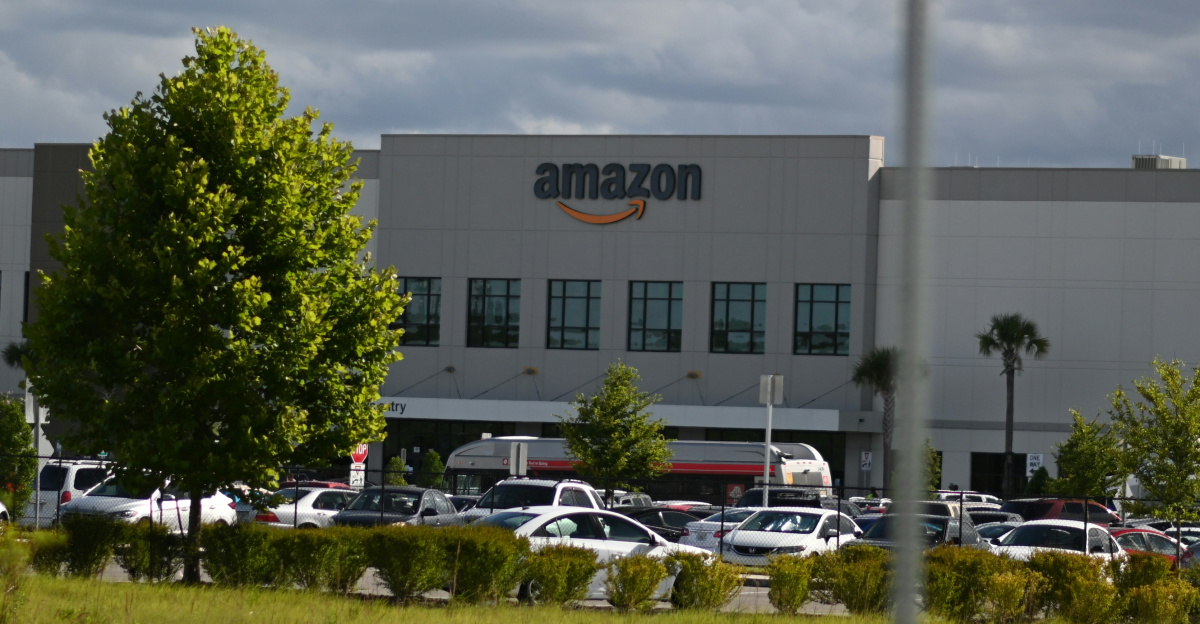
Amazon started using robotics in 2012 when it bought Kiva Systems for $775 million, according to The New York Times. Kiva’s robots, which fetch shelves, helped reduce costs significantly.
By 2015, Amazon had renamed Kiva as Amazon Robotics and had stopped selling the technology to other companies, effectively taking full control of it.
Industry Pressure
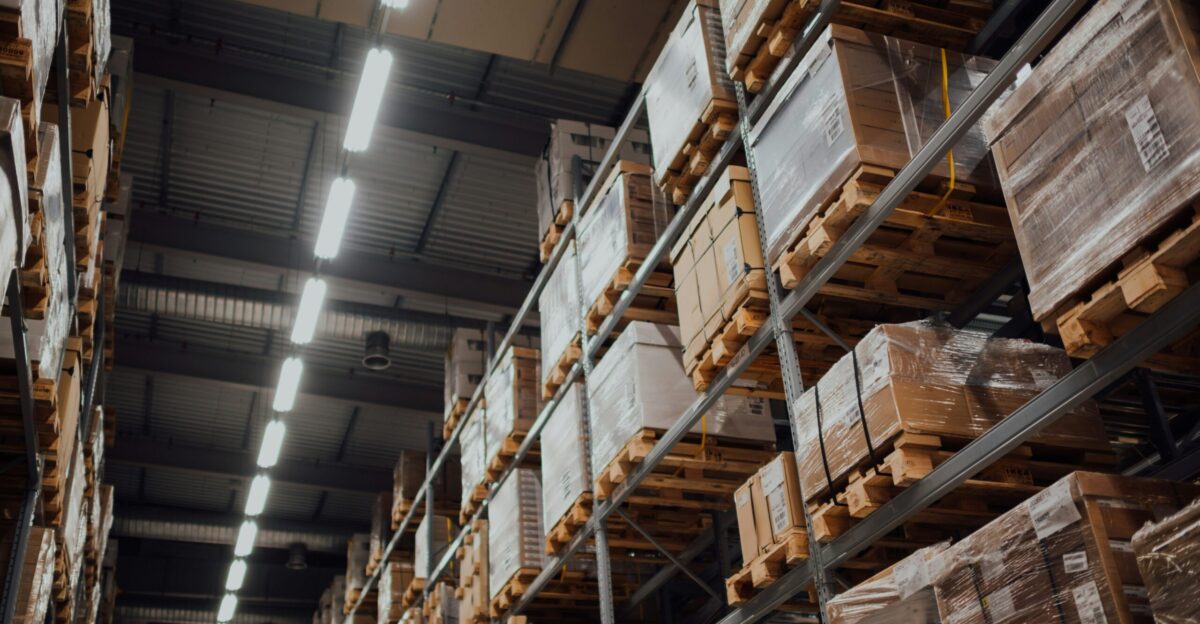
As of July 2025, the number of people working in U.S. warehouses reached 1.83 million, according to federal data. However, injury rates in these jobs are high—Amazon facilities have reported rates more than twice the national warehouse average, according to a 2022 report by the National Employment Law Project.
At the same time, Walmart and UPS are increasing their use of automation to stay competitive.
600,000 Future Workers Replaced
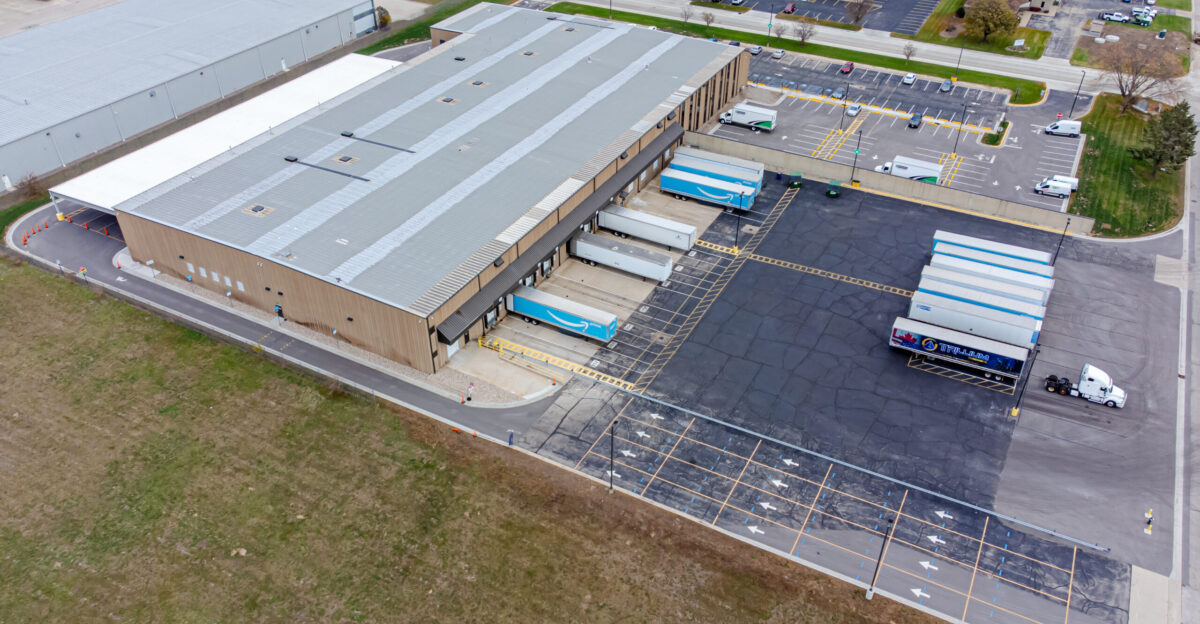
Documents seen by The New York Times reveal that Amazon plans to avoid hiring 600,000 workers in the U.S. by 2033, even as it expects sales to double.
India Today reported that the company aims to avoid hiring 160,000 workers by 2027 alone. The Economic Times states that Amazon intends to automate 75% of its operations during this transition.
Blueprint Expansion
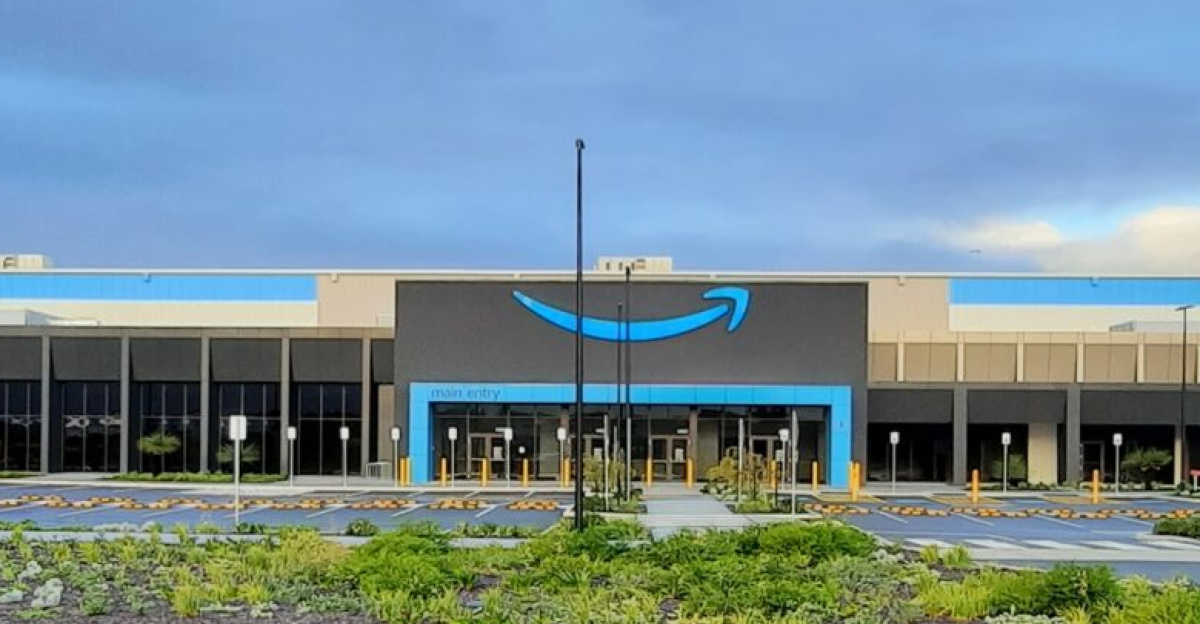
Amazon’s warehouse in Shreveport can hold 30 million items, which is five times more than the Houston warehouse, according to Supply Chain Digest.
Amazon plans to use this model in 40 more locations by 2027. In Georgia, Humanoids Daily mentioned that automation will cut 1,200 jobs through attrition.
Worker Impact

Amazon says automation has created 700 new job types, many of which need technical skills and offer higher wages than entry-level positions. Kelly Nantel, a spokesperson, told The Verge that the company is “actively hiring.”
eMarketer reported that Amazon plans to hire 250,000 seasonal workers in 2025, but the company hasn’t said how many of these jobs will be permanent.
Competitive Race

Walmart plans to automate 65% of its stores by 2026. It will use Symbotic systems at 42 distribution centers.
At the same time, SNS Insider predicts the warehouse robotics industry will grow from $6.4 billion in 2024 to more than $16.6 billion by 2032. Companies that do not keep up with automation might face long-term challenges.
Economic Warning

Economist Daron Acemoglu, who won the 2024 Nobel Prize, told The New York Times that “nobody else has the same incentive as Amazon to find the way to automate.”
He also warned Morning Brew that Amazon could soon shift from being a major job creator to “a net job destroyer.”
PR Strategy
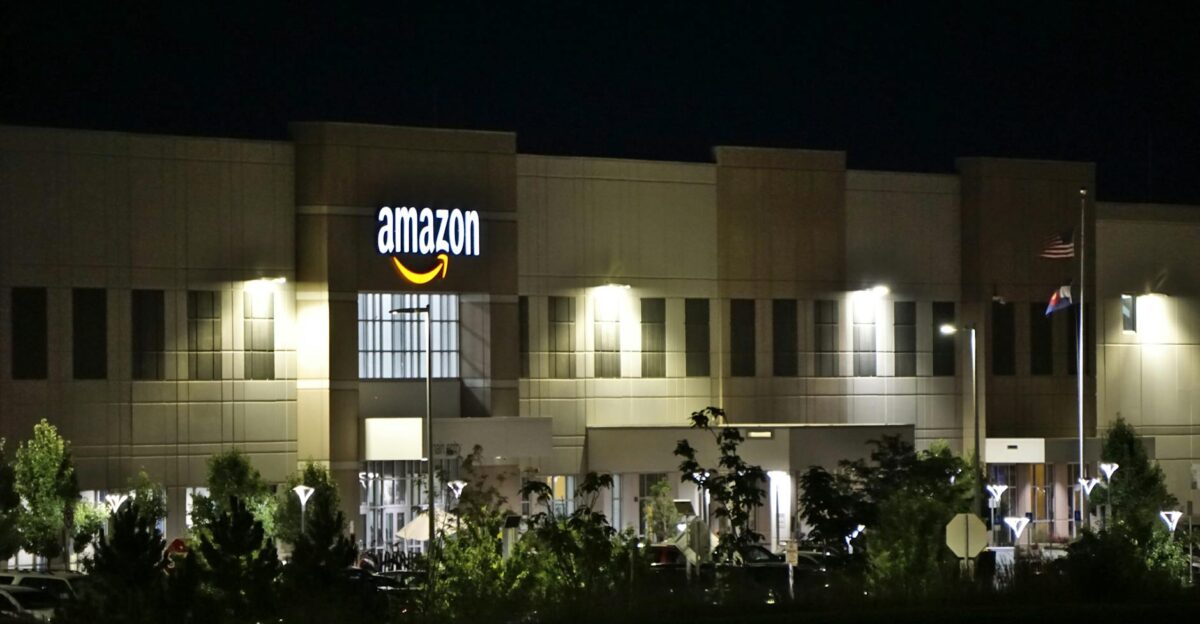
Leaked documents show that Amazon considered changing its messaging. Instead of focusing on “automation” and “AI,” it thought about highlighting community projects like parades.
Amazon prefers phrases like “advanced technology” and “cobots.” The company told The Verge that executives were not instructed to use specific terms and stated that community efforts were unrelated.
Company Response
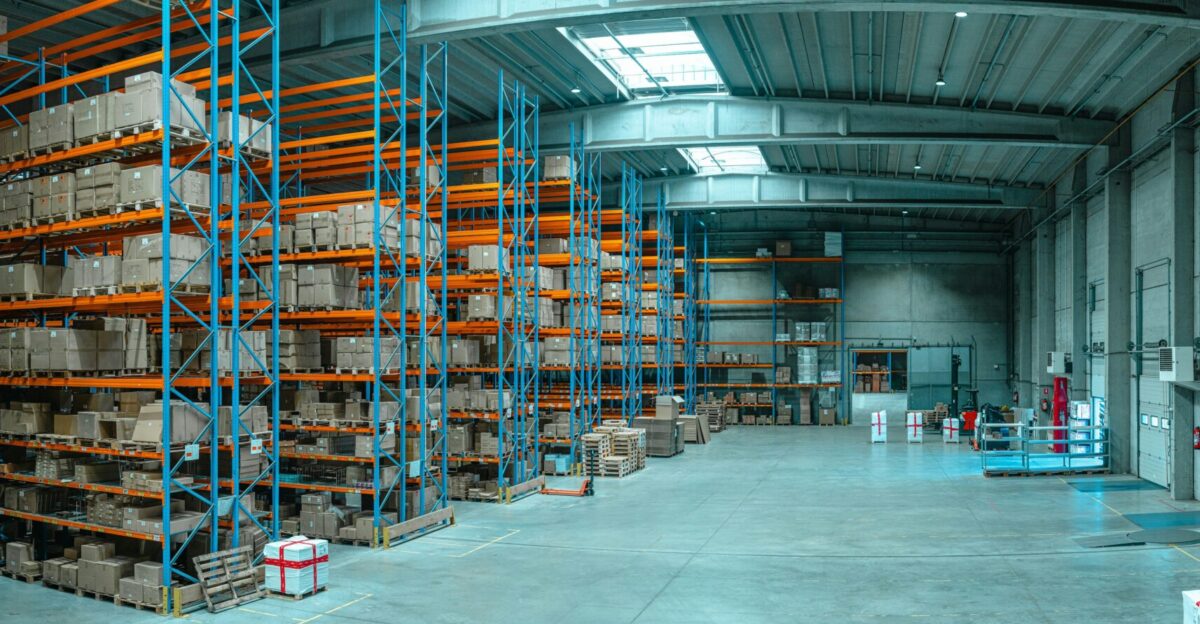
Responding to the leaks, Kelly Nantel told The Verge that the documents represent just “one team’s perspective” and don’t reflect broader hiring strategies. Gizmodo also reported that Amazon considers leaked documents to be “incomplete and misleading.”
The company emphasized its Career Choice program and long-standing job creation record.
Leadership Vision
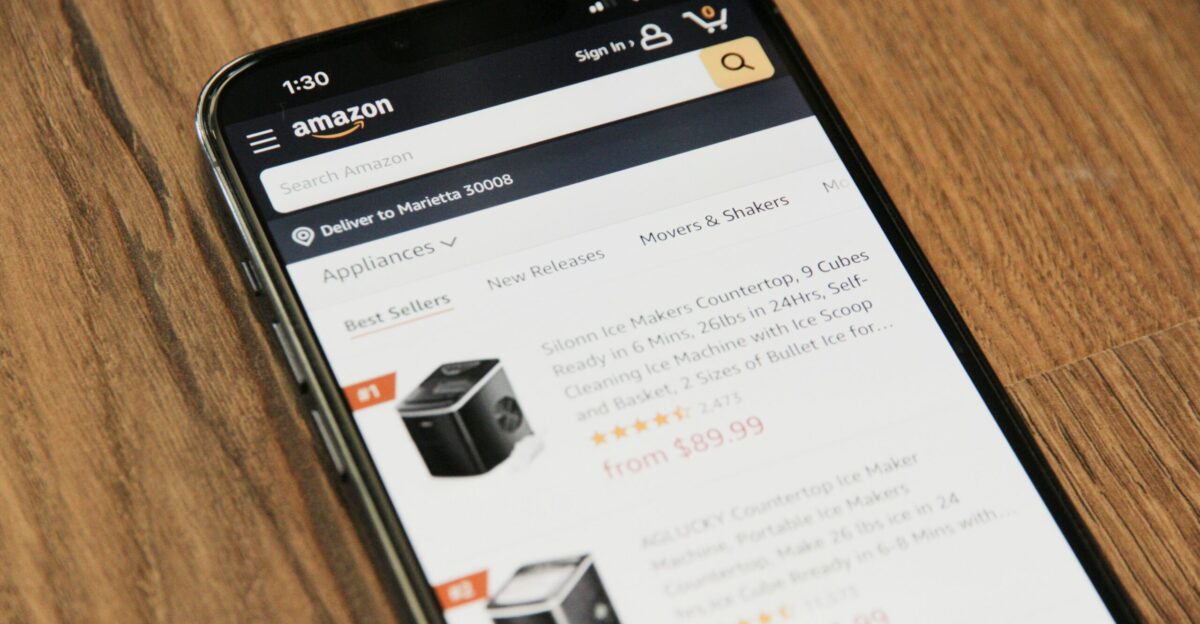
Senior Vice President Udit Madan, promoted in May 2025 according to Fortune, said in The New York Times that Amazon reinvests automation savings into new jobs.
At a 2024 event, Amazon Robotics chief technologist Tye Brady stated, “Perception really matters when it comes to innovation,” according to Inside Retail Australia.
Humanoid Testing
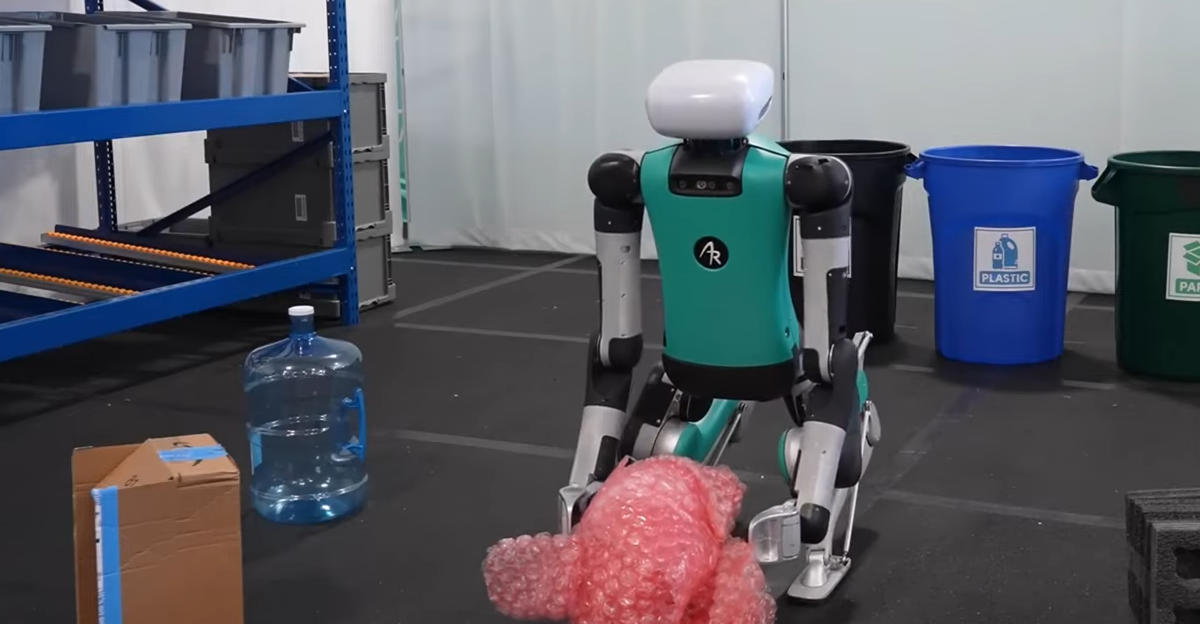
In October 2023, TechCrunch reported Amazon began testing Agility Robotics’ bipedal robot Digit at its Seattle-area BFI1 facility.
Digit consolidates totes and is designed to be cost-competitive with human labor. Assembly Magazine later noted that Agility’s Oregon factory can produce up to 10,000 units per year. Amazon calls the tests early-stage.
Expert Skepticism

Skepticism remains. Boston Dynamics CTO Aaron Saunders told Business Insider, “Just because humans can move boxes doesn’t mean we’re the best form factor.”
A 2021 Bryant University study found automation increased the need for skilled workers but also caused delivery delays during transitions, highlighting implementation challenges.
Critical Distinction
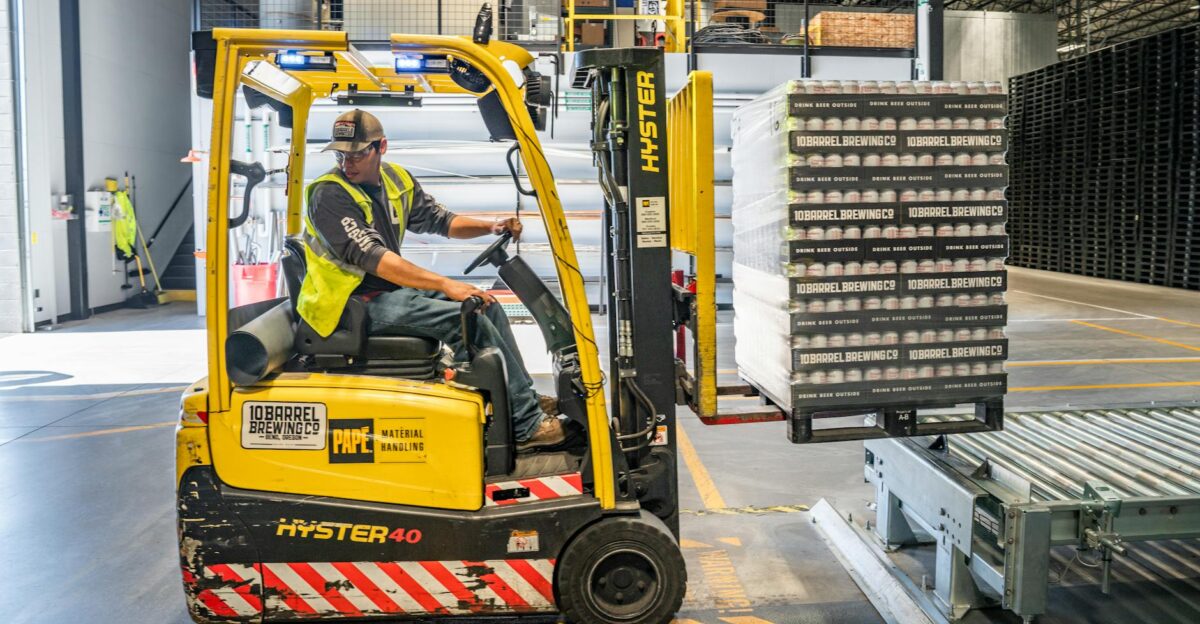
As The New York Times clarified, Amazon’s plan to avoid hiring 600,000 people doesn’t involve firing current workers. Instead, the company intends to double output while keeping headcount flat—effectively cutting 600,000 jobs that would have existed under traditional growth patterns.
While different from mass layoffs, this represents the largest workforce reduction in U.S. history by scale. This breaks from the long-standing idea that economic growth should lead to equivalent job growth.
Policy Gap
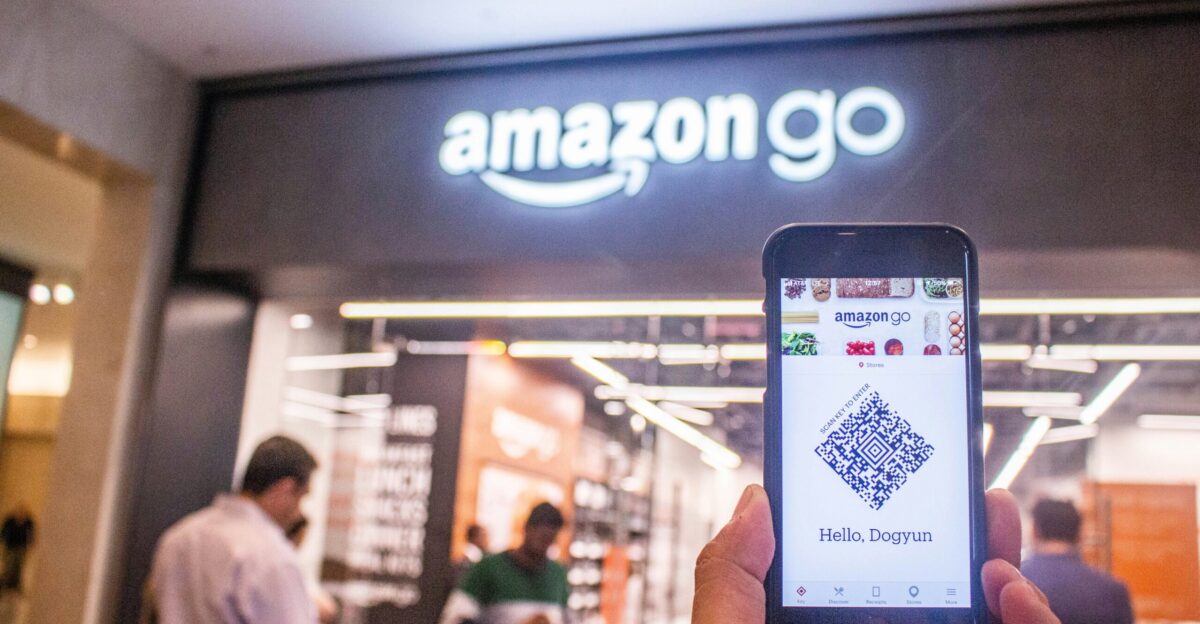
Forbes noted in 2025 that IBM’s 60,000 job cuts in 1993 remain the largest U.S. layoff event. However, Amazon’s 600,000 avoided hires represent a larger workforce impact when measured by positions eliminated from the economy. Amazon’s strategy—avoiding future hires rather than conducting mass layoffs—sidesteps current layoff laws while achieving a greater reduction in employment.
Meanwhile, unionization is still rare. Although Staten Island’s JFK8 unionized in 2022, a North Carolina warehouse rejected the move by 75% earlier this year, CNN reported.
Global Blueprint
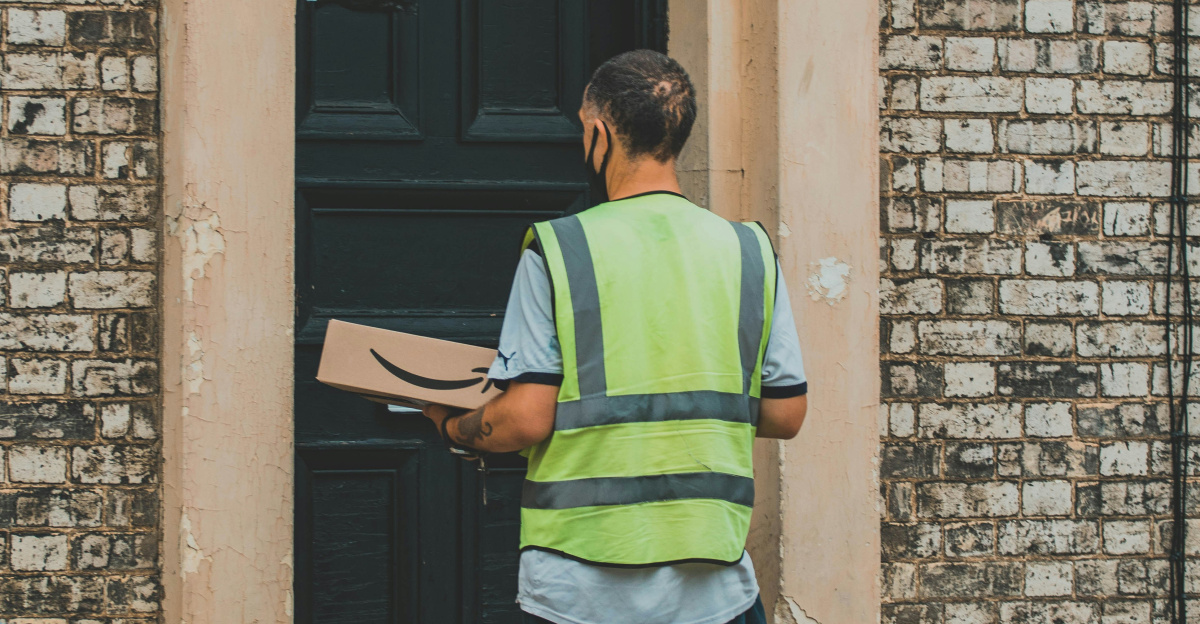
Reports indicate Amazon has faced unionization efforts in Quebec and narrowly defeated a union vote in Coventry, U.K. In Europe, Amazon has announced significant robotics investments, adjusting to local regulatory landscapes.
Historical Context
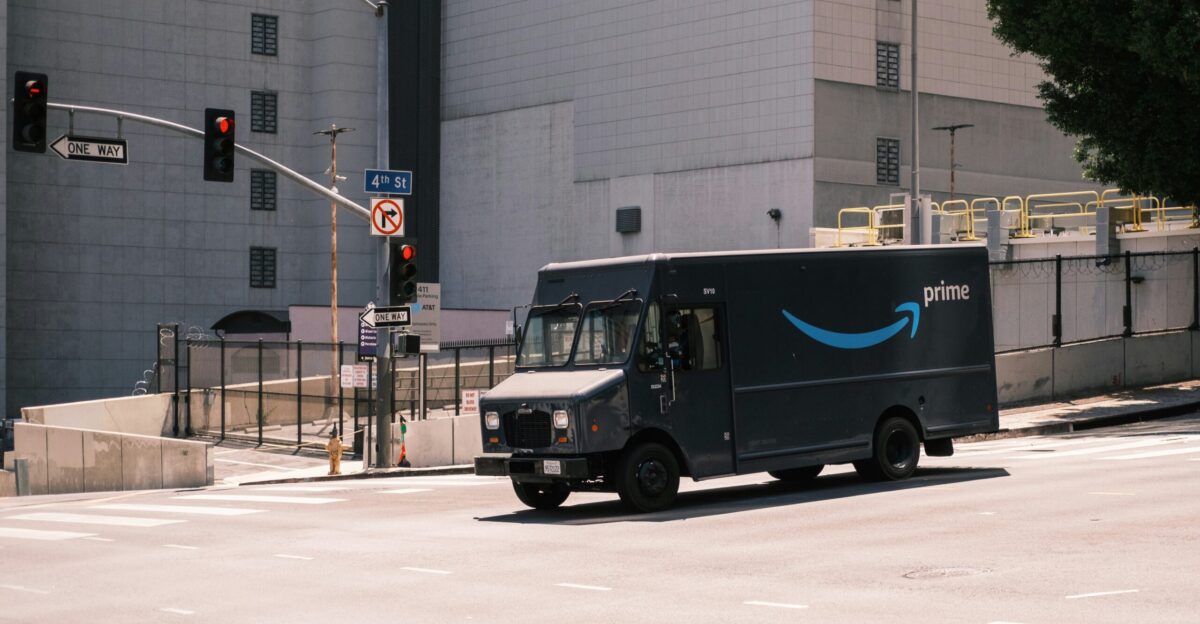
According to Fortune, IBM’s 60,000 layoffs in 1993 were followed by major cuts at Citigroup in 2008 and GM in 2009. Amazon’s strategy differs—avoiding future hires over the years instead of mass layoffs—but dwarfs these previous records in scale, with 600,000 positions that will never materialize.
While IBM holds the record for largest single layoff event, Amazon’s plan represents the largest planned workforce reduction in U.S. corporate history. This approach sidesteps WARN Act protections and introduces new legal and ethical questions.
Workforce Shift
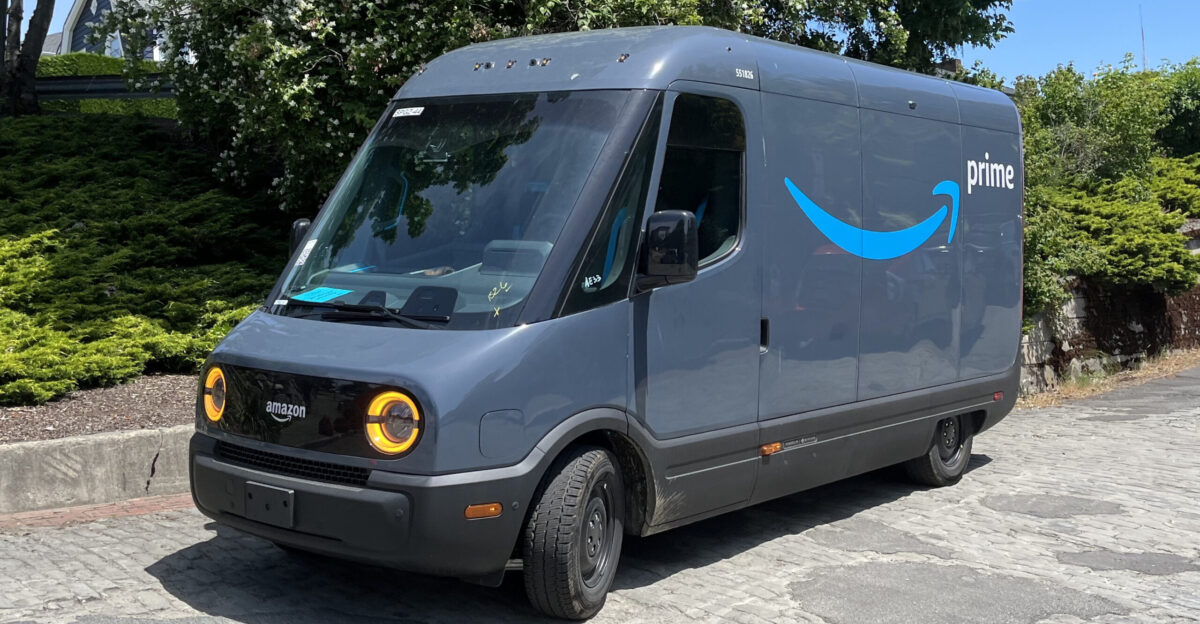
LinkedIn reported that MIT and the World Economic Forum expect a 33% increase in AI logistics roles over five years. While McKinsey warns that up to 25 million warehouse jobs may vanish, many could evolve into supervisory roles.
Still, Powerfleet noted in August that most believe automation boosts productivity—though Amazon’s upskilling programs may lag behind the need.
Core Tension
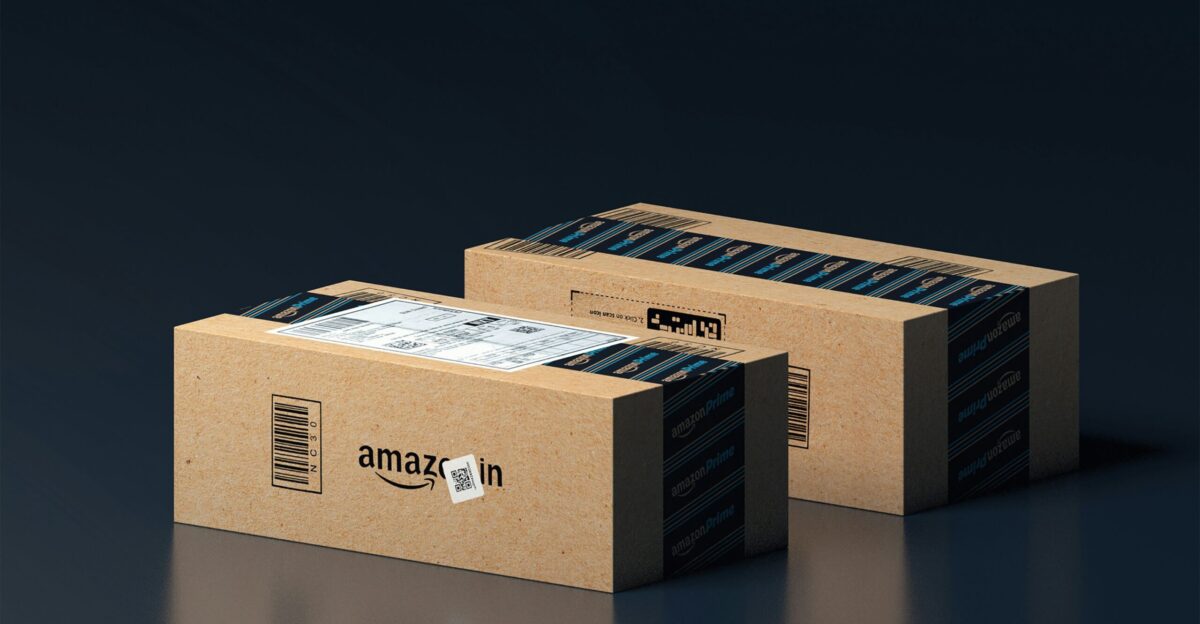
As reported by AI Base, Amazon now favors terms like “cobots” and “advanced technology” over “robots” and “automation.”
Economist Daron Acemoglu told The New York Times that Amazon’s playbook may become the default. The real debate isn’t whether automation will happen—it’s who benefits, and who’s left behind.